What Are the Possible Side Effects of THC or Cannabis Use?

Today, no drug gets as much mention online as cannabis or marijuana as some people call it. Cannabis with a prevalence of THC is known for its intoxicating highs that have made it a number one recreational drug. However, it is not only used for fun. Millions of people consume weed every day to treat various medical conditions such as pain.
But the fact remains, as with all good things, that there must be a downside. There are marijuana side effects too. To many people, cannabis is all about a high. But as research studies show, side effects of marijuana are extensive and marijuana users should know about them. Some side effects are more common, such as nausea and red-eye.
What Is THC?
There are many compounds that are found in a marijuana plant and one that most people are familiar with is THC. Tetrahydrocannabinol was first discovered in 1964 and has since become the focal point in the world of marijuana.
As the most common cannabinoid found in the plant, THC is what provides the psychoactive effect when cannabis is used. It is also the most powerful compound in regards to the medical benefits offered. While THC has some positive benefits, there can also be side effects.
Every person will react to THC differently. The chemical substance is known to cause mood changes and can present a feeling of euphoria. For some, this feeling can be overwhelming and many will supplement THC with CBD, which is another cannabinoid that is found in the plant. Today, THC is widely used for the treatment of pain and has also been shown to be beneficial for helping with anxiety, depression, sleeping disorders, and nausea.
When a cannabis product is consumed, THC will enter the body and will be metabolized in your bloodstream. The cannabinoid will then bind to different receptors in the brain and central nervous system, mainly the CB1 and CB2 receptors. When this happens, your body will release dopamine in your brain, which will create a high that many consumers experience.
Read Also: What Is Cannabis: All About Its Compounds And Effects
Side Effects of THC
As mentioned, the use of cannabis can affect everyone differently and some will experience marijuana side effects. For those that consume cannabis on a regular basis, there is a possibility of short-term side effects. Before using any THC product, become familiar with the various effects of THC and be prepared to experience different effects if too much of the substance is used. Here, we take a closer look at the short-term effects of marijuana.
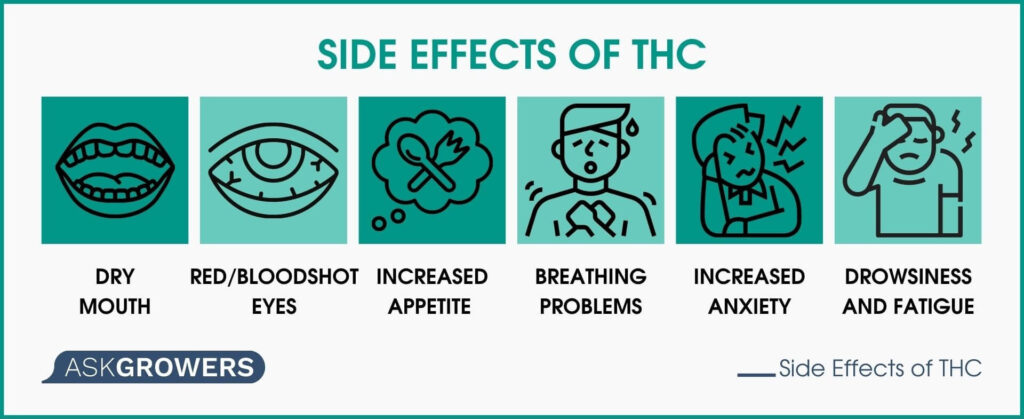
Dry Mouth
Cannabis strains that are high in THC can often cause dry mouth. Your saliva glands also contain cannabinoid receptors which will result in a decrease in saliva production. This can be avoided by lowering THC doses and keeping water nearby. This is one of the most common effects of marijuana use. The CB1 and CB2 receptors that are in your brain are also in your mouth and naturally produce saliva. When THC is involved, it binds to those receptors and prevents glands from producing the normal amount of saliva.
Red or Bloodshot Eyes
Red eyes are a telltale sign that someone has used cannabis recently. The redness in the eyes is one of the main aspects in regards to the medicinal use of marijuana for patients with glaucoma. THC reduces intraocular pressure and can slow the damage being done to the eye. Redness is caused by an increased blood flow to the eyes. When THC is in your bloodstream, blood vessels are dilated and your blood pressure is reduced. In turn, all areas of your body will experience an increase in blood flow.
Bloodshot eyes will not be a side effect for all users as it will depend on the potency of the THC and how much has been used. Red eyes are usually always evident when edibles are consumed since these products tend to have higher concentrations than when marijuana is smoked.
Increased Appetite and Hunger
Having the munchies is one side effect of weed that many will experience. THC is known to affect the release of ghrelin, which is a hormone that stimulates feelings of hunger. It is also believed that a decrease in leptin will trigger the munchies. When THC binds to CBC1 receptors, a leptin decrease occurs, which will stimulate the appetite and cause hunger or cravings.
While many find the munchies to be one of the negative THC side effects, this can be quite useful for people who are ill and have trouble gaining weight. Those that are undergoing chemotherapy or have HIV will often have a decreased appetite. The use of THC can stimulate hunger which can help patients maintain a healthy weight.
Increased Anxiety
While most people will benefit from a relaxed feeling from a THC high, it can be the opposite for others. Some users will experience heightened anxiety and long-term use can make anxiety symptoms worse. Anxiety is a common side effect of marijuana use and can be accompanied by panic or psychotic symptoms. This is more common in people who have a history of these issues.
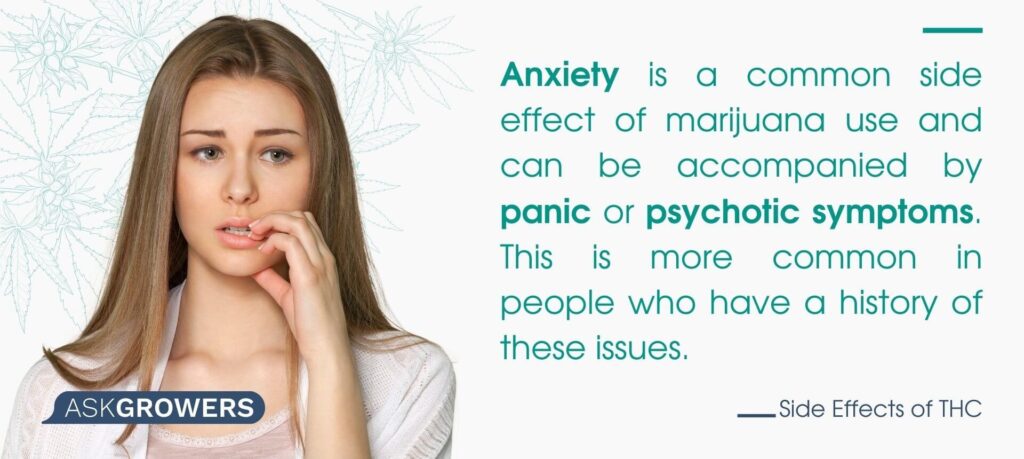
The reason for increased anxiety may be related to the slow reaction of the brain to dopamine. This lower reaction is one reason that habitual users may develop symptoms of depression or anxiety, even if they have never had these problems in the past. There are also some studies that have shown that the brain is unable to filter certain stimuli, leading to panic.
Breathing Problems
Most people who use cannabis will smoke the drug, inhaling deeply and for a longer period of time. When inhaling marijuana, your airways may become dilated which can have an adverse effect on people who have asthma or other breathing problems. Chronic use of cannabis can lead to more severe breathing issues, such as shortness of breath wheezing, chest tightness, coughing, or a hoarse voice.
It has also been found that marijuana smoking causes bullae, large air sacs, to become present in the lungs. This can lead to shortness of breath and these sacs can burst. Air that leaks from ruptured bullae can result in a collapsed lung.
Drowsiness and Fatigue
The use of cannabis can cause both fatigue and drowsiness. Those that experience fatigue will have lower energy levels and less motivation whereas drowsiness will provoke a need for sleep. This is one of the main reasons that many with insomnia are prescribed medical marijuana. THC is the cause of lower energy levels and can lessen motivation.
When THC enters your bloodstream, it interacts with receptors that are related to your sleep cycle. Myrcene, another compound in marijuana, may also add to sleepiness as it has a sedative effect and is often used to relax muscles. The strain of cannabis used will have an overall effect on drowsiness and fatigue. Indica often has a higher chance of creating those drowsy feelings.
What to Do for Severe Side Effects
If you have consumed a large amount of cannabis and are experiencing severe effects, stop use immediately. If you have trouble breathing or have a rapid heartbeat with any type of chest pain, visit a doctor right away. While most marijuana short-term effects will resolve themselves; you may have more serious issues that need to be medically addressed. Never delay seeing a doctor if you have any heart conditions and experience chest pain when using THC products.
Tips to Avoid Side Effects
If you are a regular user of cannabis and want to find out how you can reduce the chances of weed side effects, we have some tips for you. Keep in mind there is a possibility you will always experience some types of side effects depending on what strain being used and how it is being consumed.
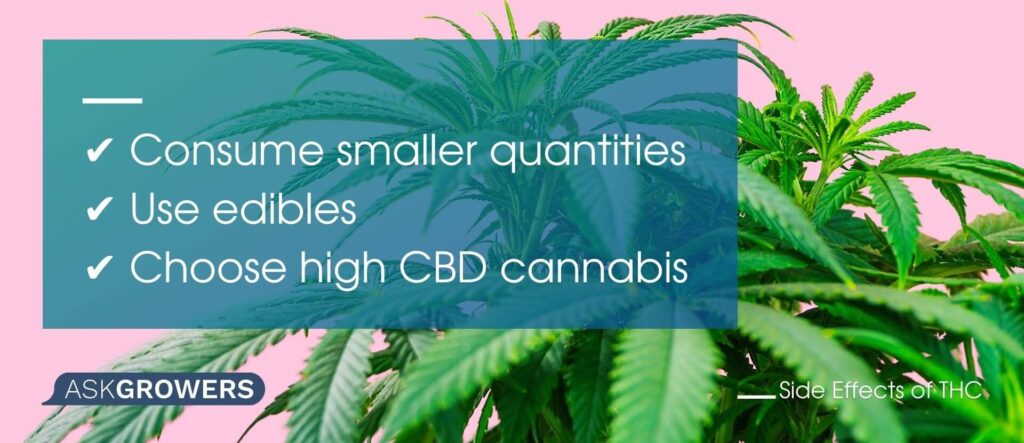
- Consume smaller quantities. Research has shown that you can achieve the same high with less marijuana. By avoiding overuse, you can reduce your chances of experiencing negative side effects.
- Use edibles. Edibles often have fewer side effects and will also eliminate issues with breathing problems since the weed is not being inhaled.
- Choose high CBD cannabis. Now that you know the answer to what are the side effects of THC, it is important to know you can counter some of these by using a product that has high levels of CBD. CBD has no psychoactive effect and can minimize the possible effects of increased anxiety and panic.
Conclusion
Cannabis has many amazing properties that can benefit your health. However, it is important to use a proper dose to achieve desired results. No matter how much cannabis is consumed, there is always a chance of experiencing these side effects discussed. By micro-dosing or reducing the amount used, you can counter these effects and continue to enjoy the therapeutic benefits of THC.
Cannabis, in its most basic form that involves the active component THC, is a real trigger for various maladies when consumed in plenty, as shown above. It doesn’t matter whether you’ve consumed it for leisure or medical purposes. We hope the information above helps you handle your cannabis consumption better.

 Health
Health

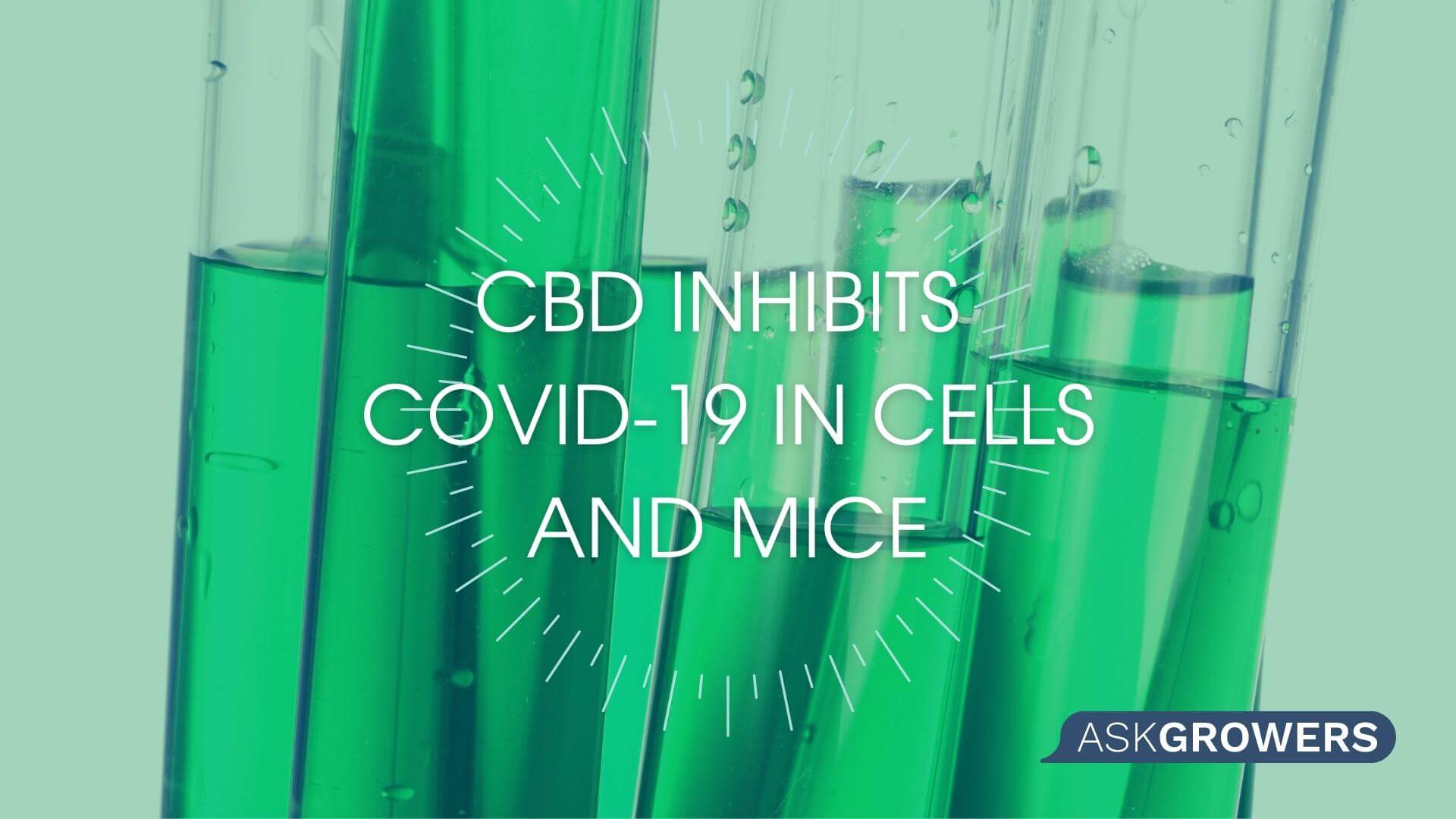



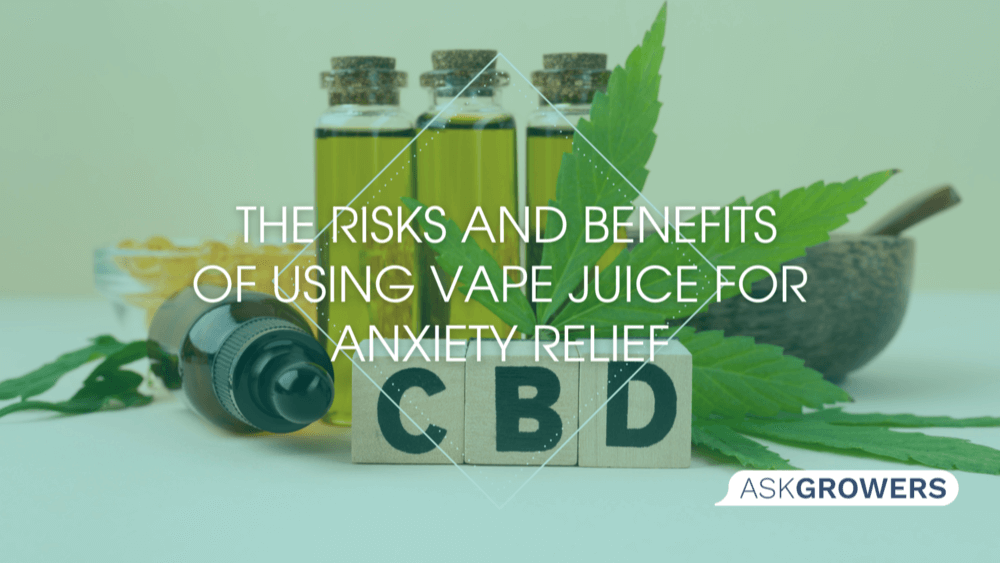

 (1).png)
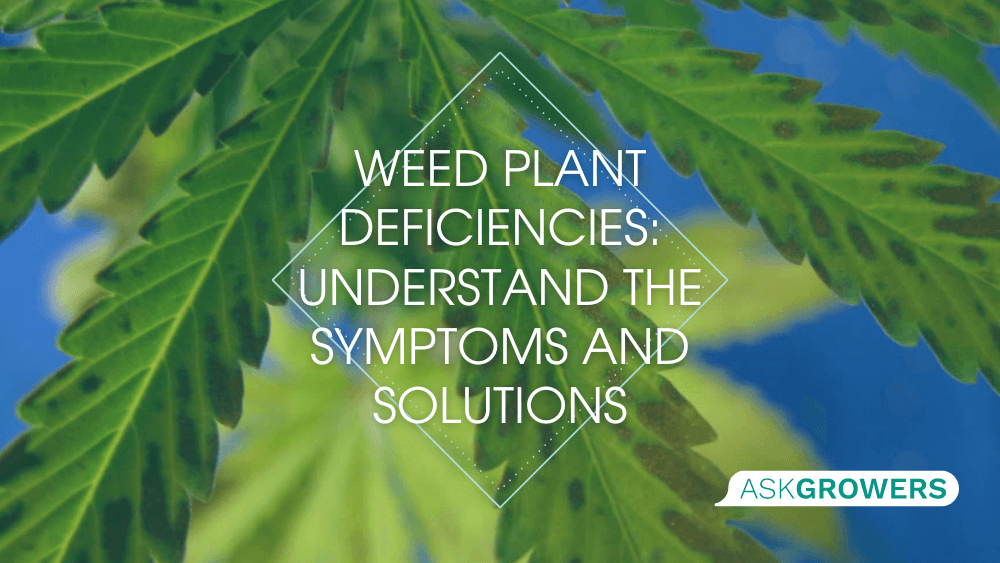
.jpg)

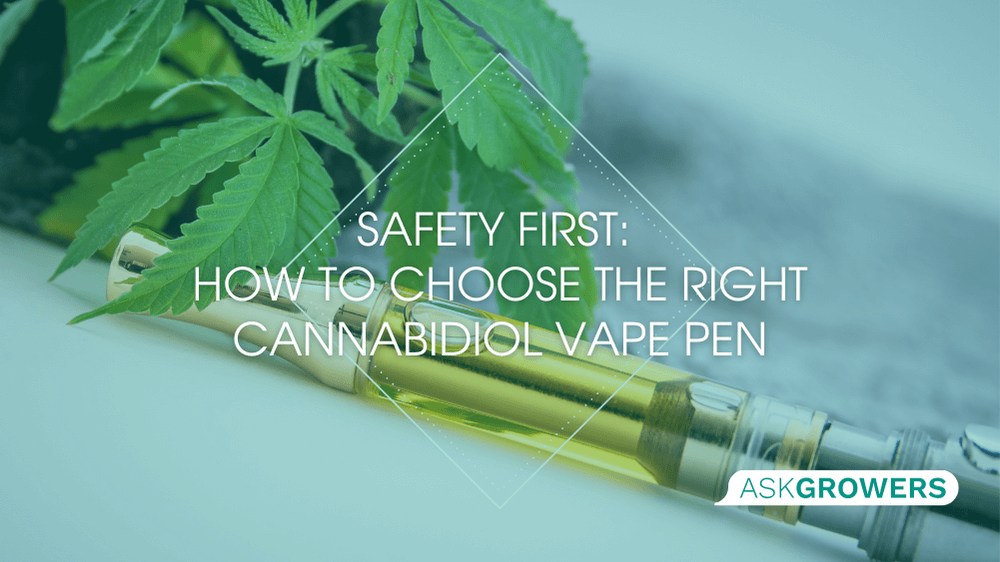
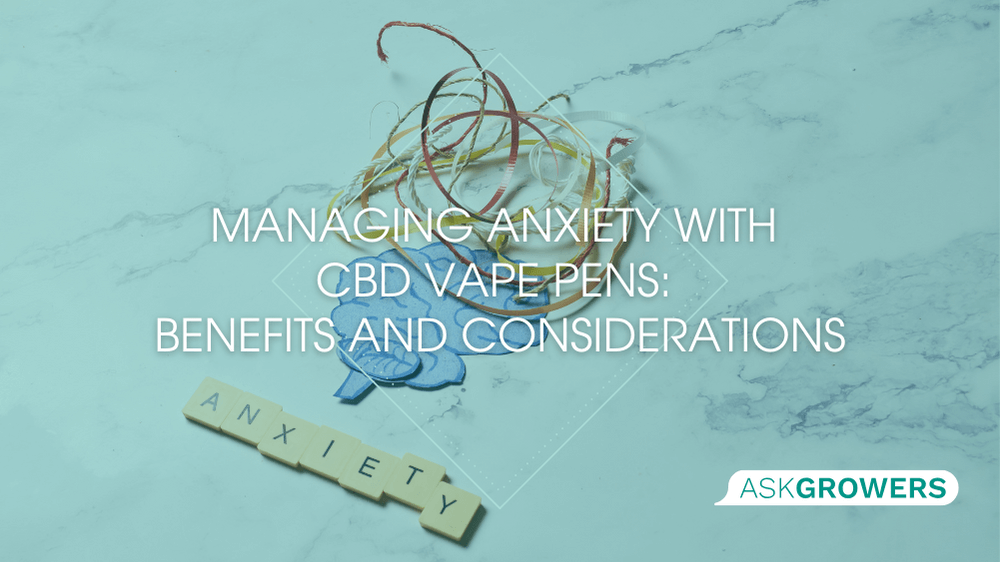
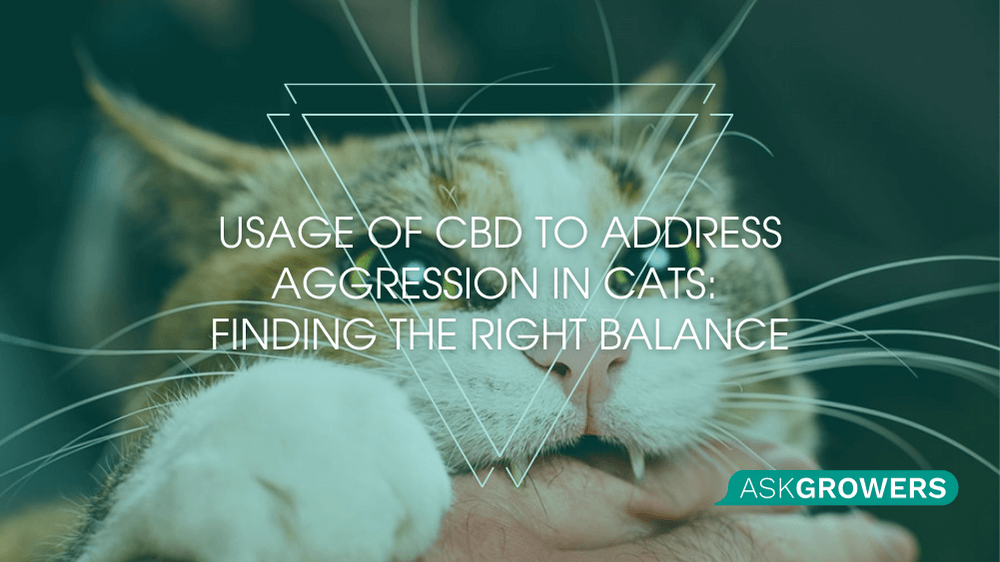
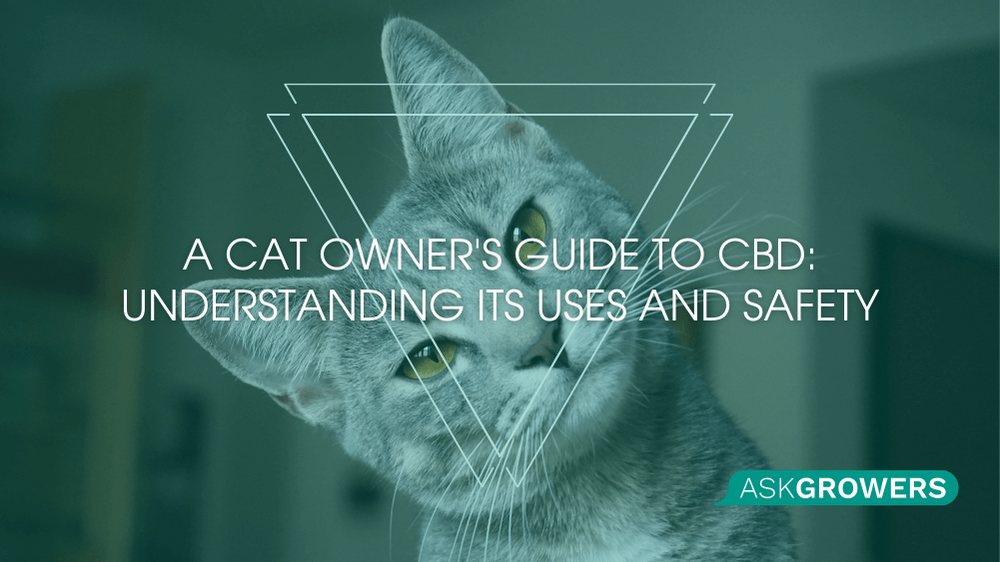
Be the first and share your opinion
Write a Review